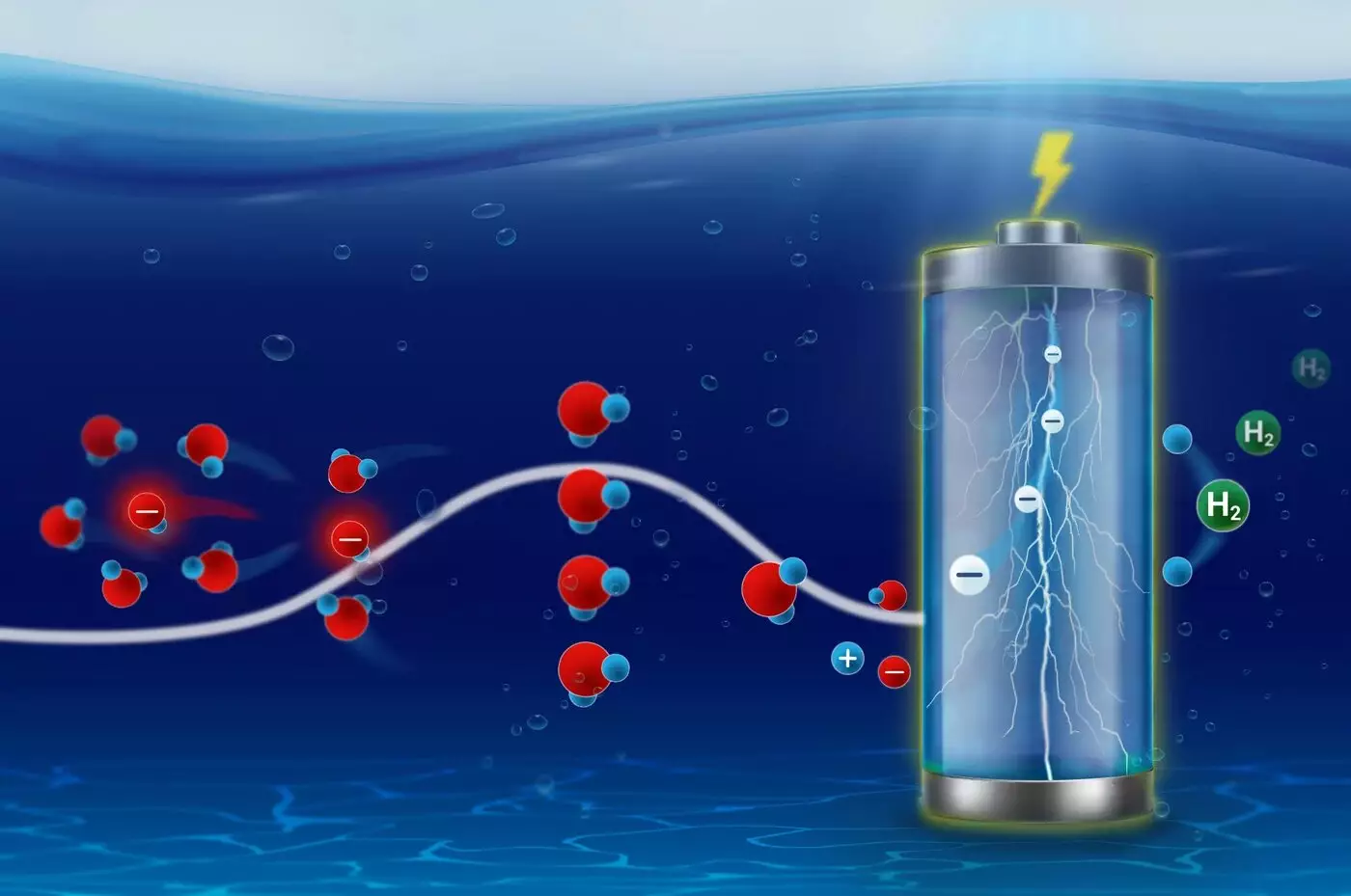In the ever-evolving landscape of energy storage and conversion, the behavior of ions at the molecular level emerges as a pivotal area of research. The intricate processes through which ions reorganize their solvation shells before intercalating into battery cathodes, traversing ion channels, or engaging in chemical transformations on electrocatalyst surfaces serve as fundamental mechanisms governing a wide range of biochemical and electrochemical activities. Recent advancements highlighted by researchers at the Interface Science Department of the Fritz-Haber Institute have unveiled significant insights into the kinetics of ion solvation, illuminating its crucial role in enhancing our understanding of electrocatalytic efficiency.
The groundbreaking findings by the research team revolve around the concept of compensation effects, a principle that delineates the interplay between activation entropy and enthalpy. When exploring transitions faced by ions, this principle posits that as barriers are raised, accommodating alternative pathways—akin to experiencing a mountain hike—becomes more feasible. The implications of these findings are profound, suggesting that the dynamic nature of ion solvation and their accompanying pathways can be systematically analyzed through the lens of statistical physics. Utilizing timeless equations from transition state theory, notably the Eyring-Evans-Polanyi equation, the researchers have managed to achieve unprecedented temporal resolution of millisecond intervals, thus tracing the two critical parameters that dictate ionic transitions.
A focal point of the study was the electrosorption kinetics of hydroxide ions, scrutinized at specific structural motifs on catalyst surfaces, such as step-edges or defects. This methodological advancement has enabled researchers to uncover hidden dynamics that had previously eluded scrutiny. As Francisco Sarabia, the first author and a Postdoctoral Fellow, articulated, the capability of tracking these kinetics in real-time marks a substantial leap in our understanding of electrocatalyst behavior.
Furthermore, the researchers delved into the phenomenon of dynamic poisoning behavior evident on platinum (Pt) surfaces during ammonia oxidation reactions, probing how these interactions further influence solvation kinetics. This nuanced understanding challenges prevailing assumptions about the dominant role of activation energy, broadening the analytical spectrum to include activation entropy as a critical factor affecting selectivity and efficiency in catalysis.
Another illuminating aspect of this research lies in the elucidation of how environmental factors, such as pH, can directly modulate activation entropy. The discovery that pH can induce non-Nernstian activity changes compels a reconsideration of the factors that influence electrocatalytic reactions. Understanding this relationship deepens our grasp of how local catalyst environments fluctuate under varying operational conditions, reinforcing the interconnectedness of solid structures and liquid electrolytes in driving catalytic processes.
The revelations from this research extend far beyond theoretical implications; they bear direct relevance to the advancement of efficient, selective, and stable catalysts for energy and chemical conversion tasks. With the environment surrounding a catalyst continuously evolving and exerting influence on the reaction pathways, the potential for harnessing these dynamics opens new avenues for catalyst design and optimization.
As Dr. Sebastian Öner, the leading author and group head, notes, the research captures kinetic phenomena in real-time, effectively pairing them with spectroscopic and microscopic evidence for a comprehensive analysis. This distinctive synergy offers a robust framework for investigating catalyst behavior under real-world conditions, emphasizing the importance of continuously assessing the impact of external biases on catalytic performance.
The work conducted by the Interface Science Department, under the leadership of Prof. Dr. Beatriz Roldán Cuenya, underscores the transformative potential of understanding ion interactions and solvation dynamics in the context of complex catalytic systems. The integration of analytical techniques and theoretical frameworks presents a powerful toolset for addressing the challenges of energy conversion technologies. As researchers continue to refine their methods, the quest for optimal catalysts promises to significantly reshape our approaches to energy sustainability and chemical processes in the near future.


Leave a Reply